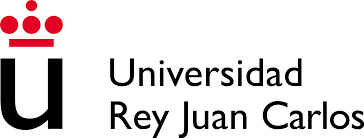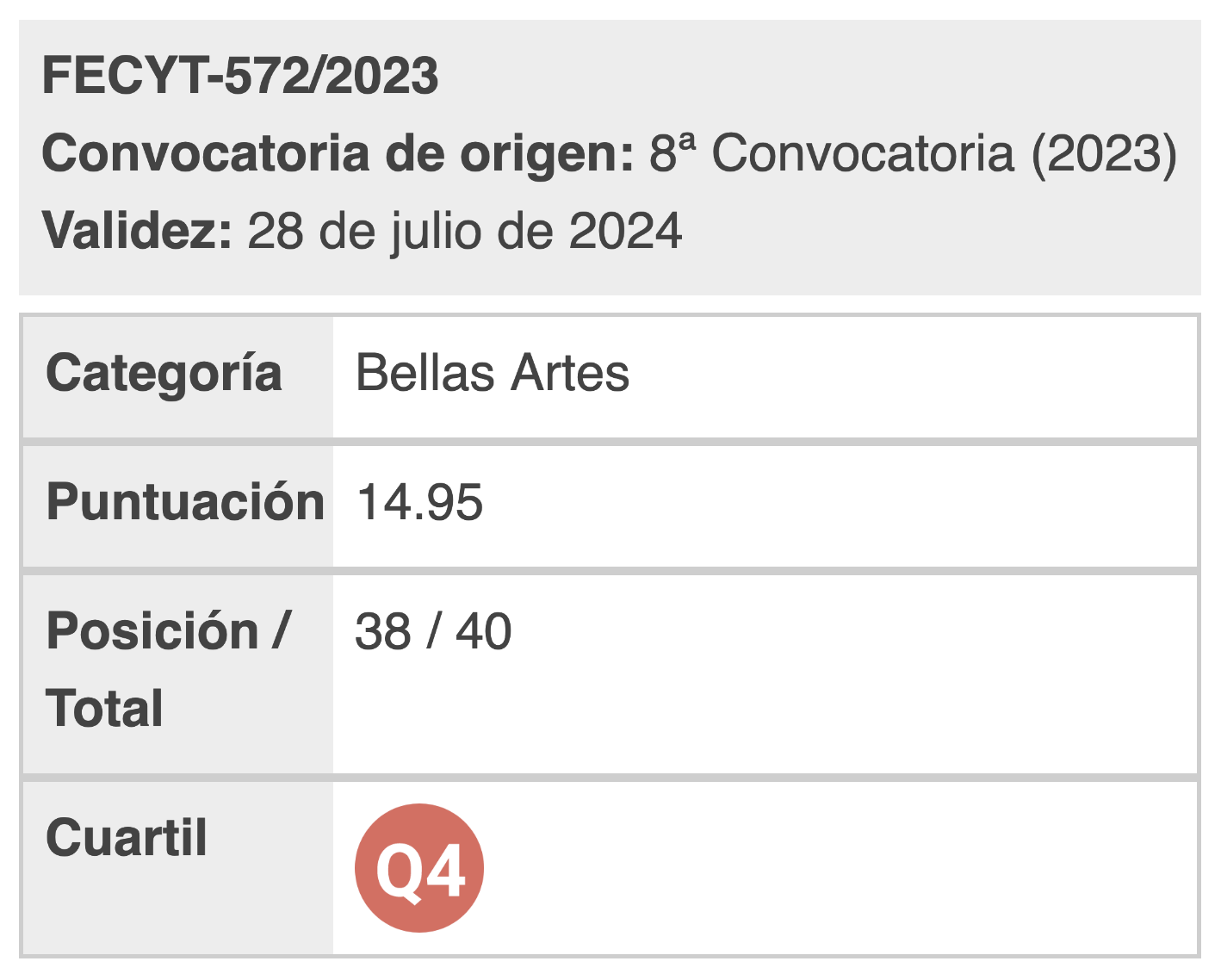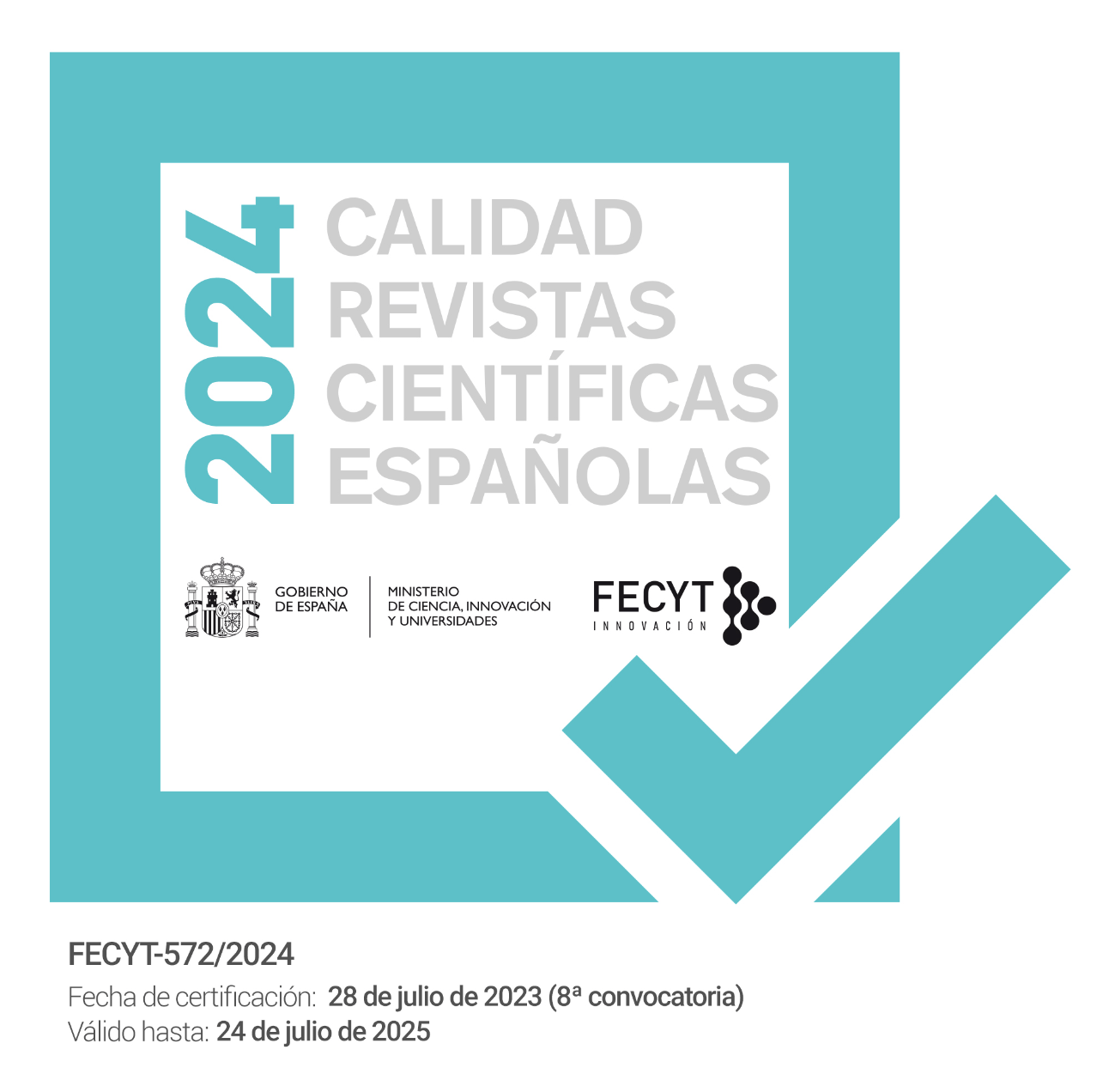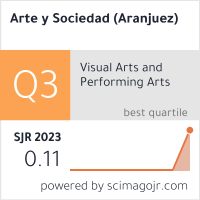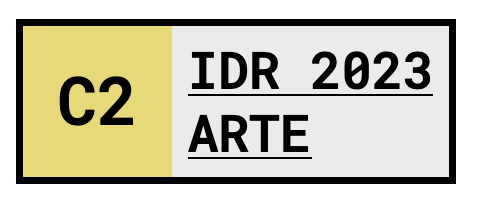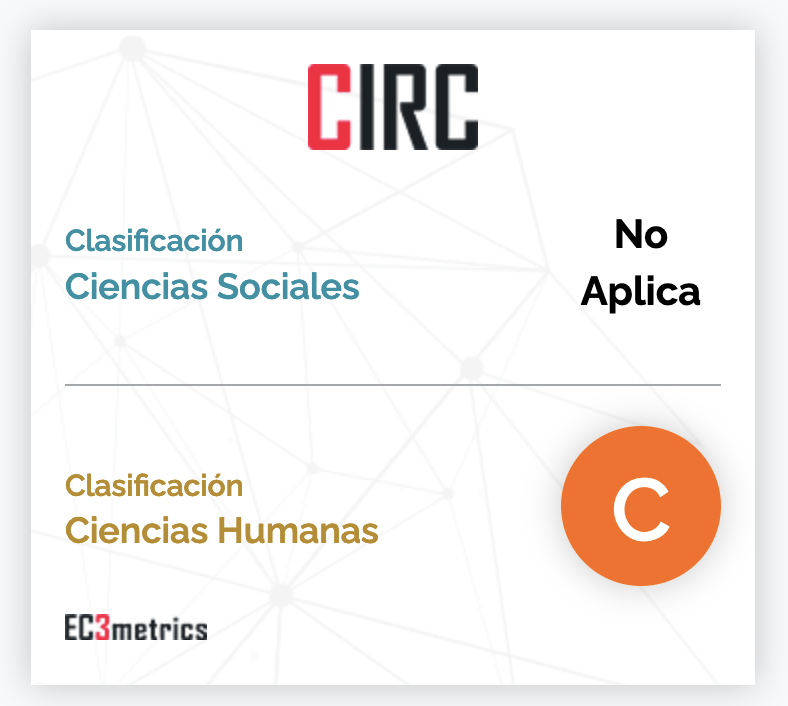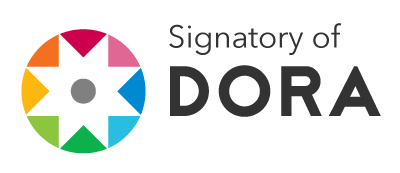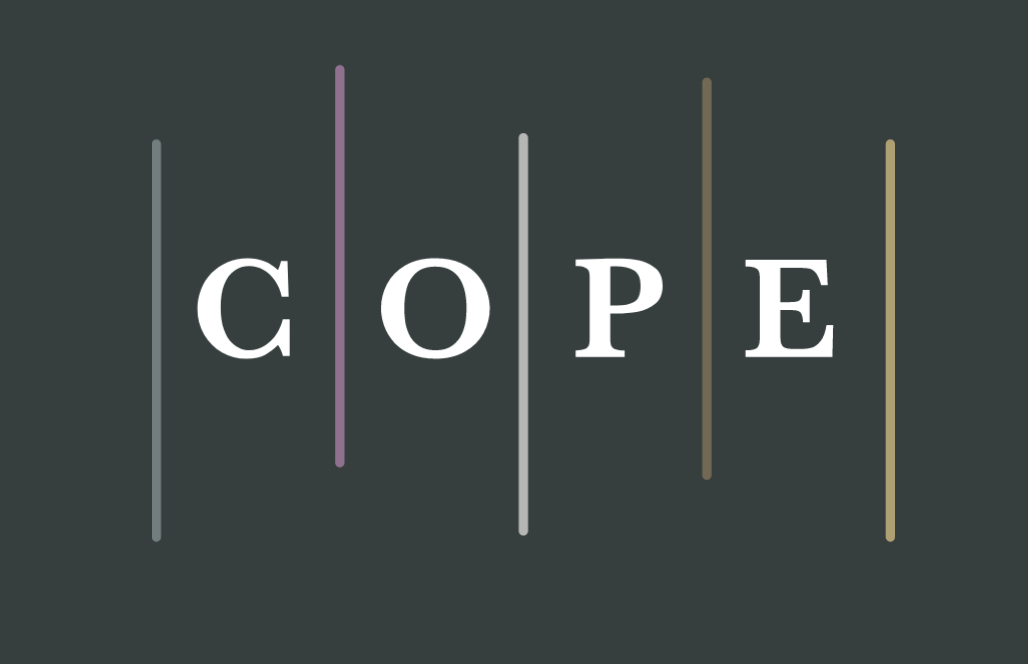VISUAL LITERACY OF THE VALDIVIA CULTURE. A SYNTACTIC AND SEMANTIC ANALYSIS FOR THE GENERATION OF NEW FORMS
DOI:
https://doi.org/10.33732/ASRI.6628Keywords:
Visual literacy, culture, morphology, syntactic, semanticsAbstract
Current research not only offers the opportunity to know and rescue, but mainly to learn about the distinctive morphology of the Valdivia Culture. Through the analysis of 20 ceramic pieces, technical and graphic information was collected. This study focused on the syntactic and semantic interpretation of the forms, attributing to them a symbolic value rooted in the ancestral richness of the culture. The result of this process was the generation of new graphic codes, contributing significantly to visual literacy based on the unique representative forms of the Valdivia Culture. This comprehensive approach not only enriches our understanding of the artistic expression of this ancient culture, but also contributes to the creation of a contemporary visual language inspired by its distinctive elements.References
Arnheim, R. (1969). Visual Thinking. University of California Press.
Barroso,P. (2014). La cultura Valdivia o el surgimiento de la cerámica en América.
Historia Digital (23), 6-22.
Baumann, P. (1985). Valdivia el descubrimiento de la más antigua cultura de América. Editorial Planeta.
Campoverde, R. L. (2011). Ancestros e Identidad: Historia prehispánica del Ecuador. Poligráfica C.A.
Caputi, M. (2006). Las Figurines del Real Alto. Guayaquil – Ecuador. Banco Central del Ecuador.
Di Capua, C. (2002). De la imagen al icono. Estudios de Arqueología e historia del Ecuador. Abya-Yala.
Eco, U. (1986). La estructura ausente. Introducción a la Semiótica. Editorial Lumen México D.F.
Estrada E. (1980). Nuevos elementos en la cultura Valdivia: sus posibles contactos transpacíficos. Universidad de Valladolid.
Felten, P. (2020). Developing Visual Literacy: Practical Strategies for Higher Education. Wiley.
Jadán, M. (2021). Valdivia, una Sociedad Neolítica: Nuevos aportes a su conocimiento. Ediciones UTM.
Jadán, M. (2017). Producción y uso de la cerámica Valdivia fase VIII (complejo Piquigua), del sitio San Isidro norte de Manabí, Ecuador. Chakiñan, Revista De Ciencias Sociales Y Humanidades (2), 61-72. https://doi.org/10.37135/chk.002.02.06
Hall, S. (1980). Encoding/Decoding. Culture, Media y Language.
Kottak, C. (2011). Antropología Cultural. En C. P. Kottak, Antropología Cultural. Mc Graw Hill
Lasso, M. (2018). La Comuna Valdivia y la lucha por sus territorios ancestrales. [Tesis de grado]. https://shorturl.at/2CqqC
López, R. y Villa, G. (2017). El aula de diseño como escenario de exploración entre alfabetidad visual y pensamiento crítico. Kepes (14), 173–194. https://doi.org/10.17151/kepes.2017.14.15.7
Palacios, A. (febrero 2005). Morfología en Diseño. Una forma de ver el Diseño. XIII Jornadas de Reflexión Académica en Diseño y Comunicación 2005. Formación de Profesionales Reflexivos en Diseño y Comunicación. Universidad de Palermo. Buenos aires, Argentina.
Peirce, C. (1987). Obra Lógico-semiótica. Taurus.
Porras G., & Pedro I. (1980). Arqueología del Ecuador, 2° Edición Aumentada, Gallocapitán Quito.
Serafini, F. (2014). Reading the Visual: An Introduction to Teaching Multimodal Literacy. Teachers College Press.
Sieckenius de Souza, C. (2005). Semiotic engineering: bringing designers and users together at interaction time. Interacting with Computers, (17), 317-341.
Valdés de León, G. (2012). De la Alfabetidad Visual a la Semiótica: Otra aproximación al Lenguaje" Visual. Cuadernos del Centro de Estudios en Diseño y Comunicación. Ensayos (39), 57-69. https://doi.org/10.18682/cdc.vi236.11479
Tobar, D., Villón, D., & Soto, L. (2022). Prototipo de museo interactivo basado en la conceptualización de la identidad de los habitantes de la comuna Valdivia. ESPOL.

Downloads
Published
How to Cite
Issue
Section
License

This work is licensed under a Creative Commons Attribution 4.0 International License.
You are free to:
Share — copy and redistribute the material in any medium or format.
Adapt — remix, transform, and build on the material for any purpose, including commercial.
Attribution — You must properly acknowledge the authorship, provide a link to the license, and indicate if any changes have been made.
You may do so in any reasonable manner, but not in any way that suggests that you endorse or receive any endorsement by the licensor for your use.
No additional restrictions — You may not apply legal terms or technological measures that legally restrict you from doing what the license allows.

